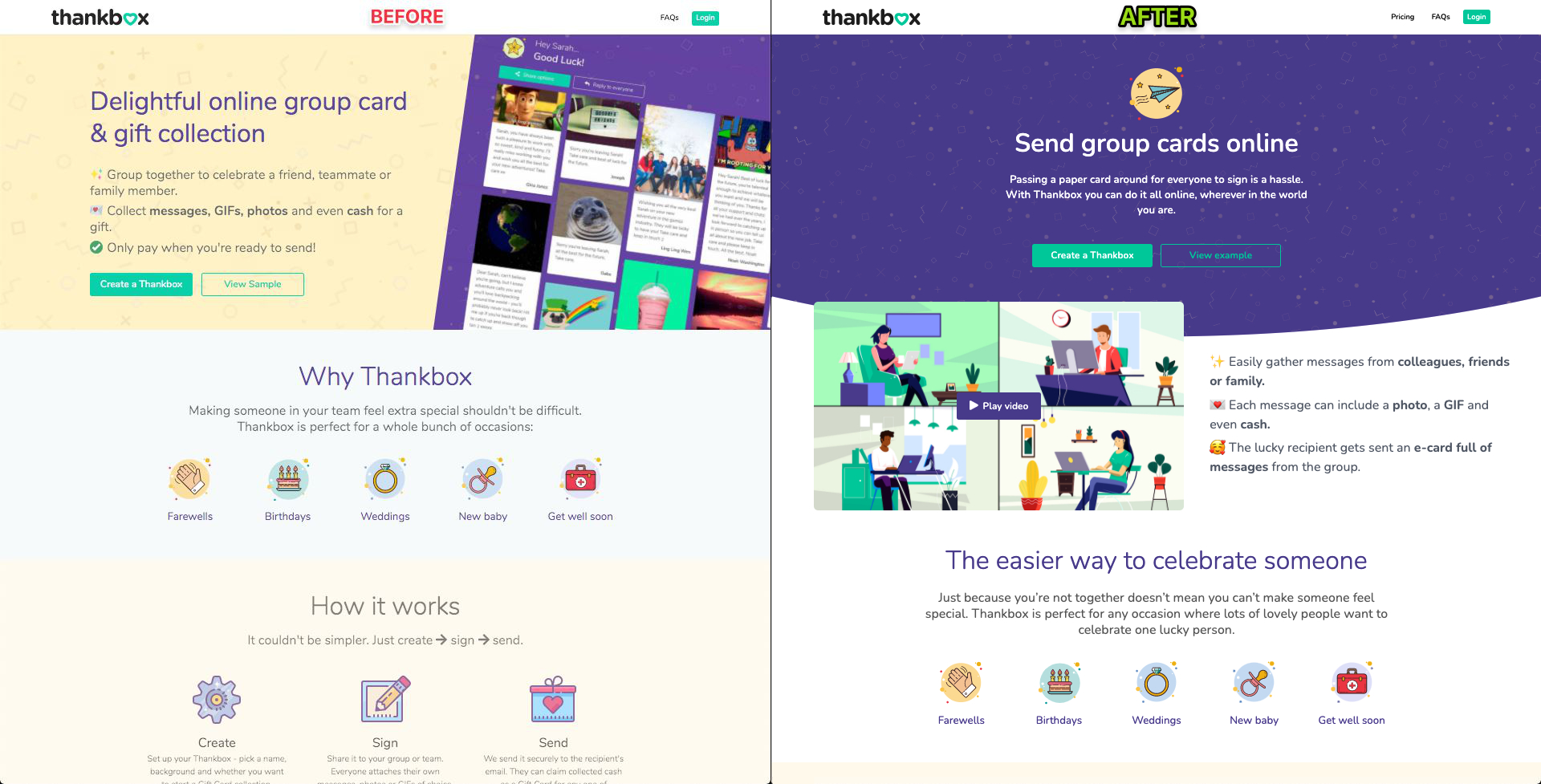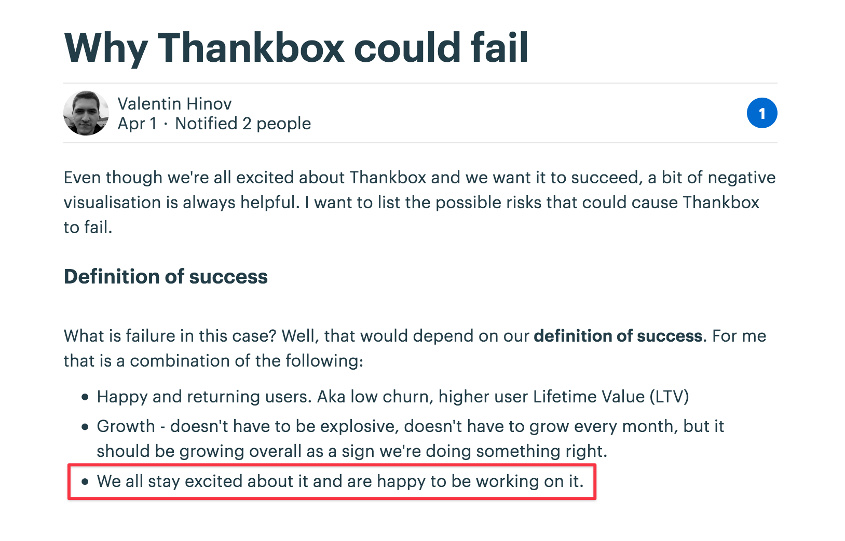YouTube just launched hashtag search. It's a new way to get your videos discovered by viewers. Want a head start on the feature before everyone's using it? Then read on below. Here's what you'll find in this issue: - **YouTube launched** a new search
YouTube just launched hashtag search. It's a new way to get your videos discovered by viewers.
Want a head start on the feature before everyone's using it? Then read on below.
Here's what you'll find in this issue:
-
YouTube launched a new search feature. Find out how to make your videos more discoverable.
-
Valentin Hinov launched and grew his startup by 500% during the COVID-19 crisis. Here are his tips on growth.
-
Lifetime deals can be lifelines for early-stage founders. We share tips on best ways to use them for new product launches.
As always, you can submit a section for us to include in a future newsletter. —Channing
📊 YouTube search will never be the same

from the User Acquisition Channels newsletter by Darko G.
Want to get more paying users? These new acquisition channel opportunities will help.
- YouTube launched a new hashtag search function, making videos easier to discover.
- LinkedIn stories now allows you add links to your website.
- TikTok is the best social network for organic reach right now.
YouTube has a new search function
What's new: YouTube recently launched dedicated hashtag search results. This is just the beginning, as YouTube plans to continue updating hashtag use on the platform.
What this means for you: Adding hashtags to your new and existing videos will make them more discoverable, plus YouTube is currently featuring popular videos on its hashtag pages. Matt Southern predicts that YouTube will follow Twitter's playbook. Matt said:
YouTube would do well to take notes from Twitter, the social network that pioneered hashtag search. What initially made hashtags work on Twitter is the way they allowed users to follow topics in real-time.
Keep an eye on this space.
LinkedIn updates stories for certain users
The update: LinkedIn recently launched a feature that allows users to add links to LinkedIn stories. This option is available only to company pages and individual profiles with at least 5K connections.

What this means for you: If you have an active and engaged LinkedIn presence, this is worth trying out. LinkedIn launched stories worldwide just 2 months ago; platforms tend to give a temporary boost to newly-added features, and extra exposure to people using them.
3. TikTok is king
The numbers: Time spent on TikTok is up 325%. TikTok is also expected to hit 1B monthly active users this year.
What this means for you: More users are going viral on TikTok. A Twitter search for "tiktok woke up followers" returns countless examples of TikTok users gaining thousands of new followers from a single video. One recent example is Jack Appleby, who went from 20 to 2K followers overnight with a single post. Try doing that on Instagram.

Will you be implementing these new features into your marketing plan? Let us know in the comments below.
Discuss this story, or subscribe to User Acquisition Channels for more.
📰 In the News

🗣 TikTok is testing a new Q&A feature that will allow creators to answer follower questions via text or video.
📝 Gumroad founder Sahil Lavingia just launched a course on how to build a sustainable business.
💰 Fintech startups finished Q4 2020 strong. A new report explains why.
💡 Softr raised a $2.2M seed round for its no-code platform. No-code tools continue to increase in popularity.
🩺 Amazon offered the Biden Administration resources for the COVID-19 vaccine rollout, vowing to help 100 millions Americans in first 100 days.
🦠 Valentin Hinov grew 500% during COVID-19

from the Deep Dive newsletter by Halden Ingwersen
Valentin Hinov launched his startup and experienced 500% growth, all during the COVID-19 crisis.
When he moved to the UK, Valentin quickly became immersed in their culture of office celebrations. Every occasion (birthday, promotion, retirement, etc.) is celebrated with a card and, sometimes, cash.
Valentin has a background in game development and app design. And he was sure there was a digital tool out there to make the process of collecting group gifts easier. To his surprise, Google turned up nothing. This inspired him to build an online tool that allows users to send cards and collect cash.
So last March, when he (and the rest of the world) began working from home, traditional office parties became inaccessible for the foreseeable future. Valentin began working to create a prototype, turning his once-vague idea into Thankbox.
In true bootstrapping fashion, he and his wife put together a small budget for the fledgling startup. It wasn't enough to afford a full-time developer. So Valentin established a profit-sharing deal with a developer friend, Joe Pritchard, to get Thankbox off the ground. This allowed him to use his actual budget to hire a designer to create a beautiful, user-friendly website.
With a simple tech stack and a tiny scope, Valentin and Joe worked at a breakneck pace to launch in May — less than two months from when they got started.
Simultaneously, Valentin built in public. He tweeted and posted to Indie Hackers and LinkedIn about his journey. This led to his first sale and was the spark of what would later become a crucial element to marketing Thankbox: word of mouth and networking. Thankbox's inherently social, shareable elements were also part of what helped it gain a foothold in the target market.
The next six months of sales were primarily due to the support of friends and colleagues, which offered Valentin valuable insights and feedback. This information helped him steadily improve the product.
Valentin's overall success came down to two factors:
-
Making it as easy as possible: Valentin learned that once someone makes a Thankbox and collects at least two messages in it, they're 90% more likely to buy it. The goal was to get users to that point as quickly as possible. Thankboxes are $5.99 each, but users don't pay (or even register) until they're ready to send it.
-
Finding the right advertising channel: Valentin tried social media advertising, but it flopped because people didn't understand the product. To educate his prospects, he paid $300 to hire a marketer to create a video that quickly explained the product and showed its value. He then redesigned the homepage to feature the video prominently.
It worked.

A $15/day Google ad campaign rounded out the marketing plan, leading to much of Thankbox's growth.
These days, Valentin's goals for the future include product improvements (like a premium tier with more options and subscription packages for frequent customers) and a personal ambition to go full time with Thankbox.
Here is Valentin's advice for others who want to build a successful business:
- Prepare before you start. While building a startup requires a leap of faith, it's good to at least know what you're leaping into.
- Hire a team as soon as you can to fill gaps in skill and knowledge.
- Timing is everything, so pay attention to what's going on in the world.
- Make your product as easy to use as possible.
- Have a great support network — for both the good and the bad times.
- Building a startup can and should be fun, even if it's not ultimately "successful."
Below, check out Valentin's message to his team on launch day:

What books does Valentin recommend?
Online resources?
Want to learn more about Valentin and Thankbox? Visit:
Discuss this story, or subscribe to Deep Dive for more.
🐦 The Tweetmaster's Pick

by Tweetmaster Flex
I post the tweets indie hackers share the most. Here's today's pick:

📈 Lifetime deals can mean speedier product launches

from the Trends.vc newsletter by Dru Riley
Problem: When launching a new product, you need early adopters, feedback, and revenue.
Solution: Lifetime deals offer lifetime access to products that have ongoing costs, for just a one-time price. Users are often attracted to this model because it's exclusive, time-sensitive, and offers both immediate and long-term value.
Players
Lifetime Deals:
Platforms:
Facebook Groups:
Predictions
- Lifetime deals will become an alternative asset class. Generous deals like ActiveChat's are sold in Facebook groups at 500%+ markups.
- SendFox's lifetime deal, plus subscription model will become common. A $49 one-time payment is required to subscribe.
Opportunities
- Attract early adopters and evangelists with lifetime deals, as deep discounts and a promising roadmap can convince users to take a chance. Lifetime deals shorten buying cycles, since urgency leads users to treat them like insurance. We buy what we might need.
- Raise from customers instead of investors. The Option Alpha team held onto equity by selling lifetime deals for $2,497 each.
- Learn faster. Matt Byrom asserts that useful feedback, not revenue, is one of three main reasons to launch a lifetime deal.
- Allow code stacking to boost your average order value. Curated lets you use multiple LTD codes to unlock more functionality.
Lifetime deals present a great opportunity for early-stage founders, as most large companies do not use them. However, be sure to choose your value metrics and terms wisely. Reserve the right to "fire" and refund difficult customers.
More Reports
Go here to get the Trends Pro report. It contains 200% more insights. You also get access to the entire back catalog and the next 52 Pro Reports.
Subscribe to Trends.vc for more.
🧠 Harry's Growth Tip

from the Marketing Examples newsletter by Harry Dry
Read Revolut's COVID-19 email so you never write one as bad:

Go here for more more short, sweet, practical marketing tips.
Subscribe to Marketing Examples for more.
🏁 Enjoy This Newsletter?
Forward it to a friend, and let them know they can subscribe here.
Also, you can submit a section for us to include in a future newsletter.
Special thanks to Jay Avery for editing this issue, to Nathalie Zwimpfer for the illustrations, and to Darko G., Halden Ingwersen, Dru Riley, and Harry Dry for contributing posts. —Channing











